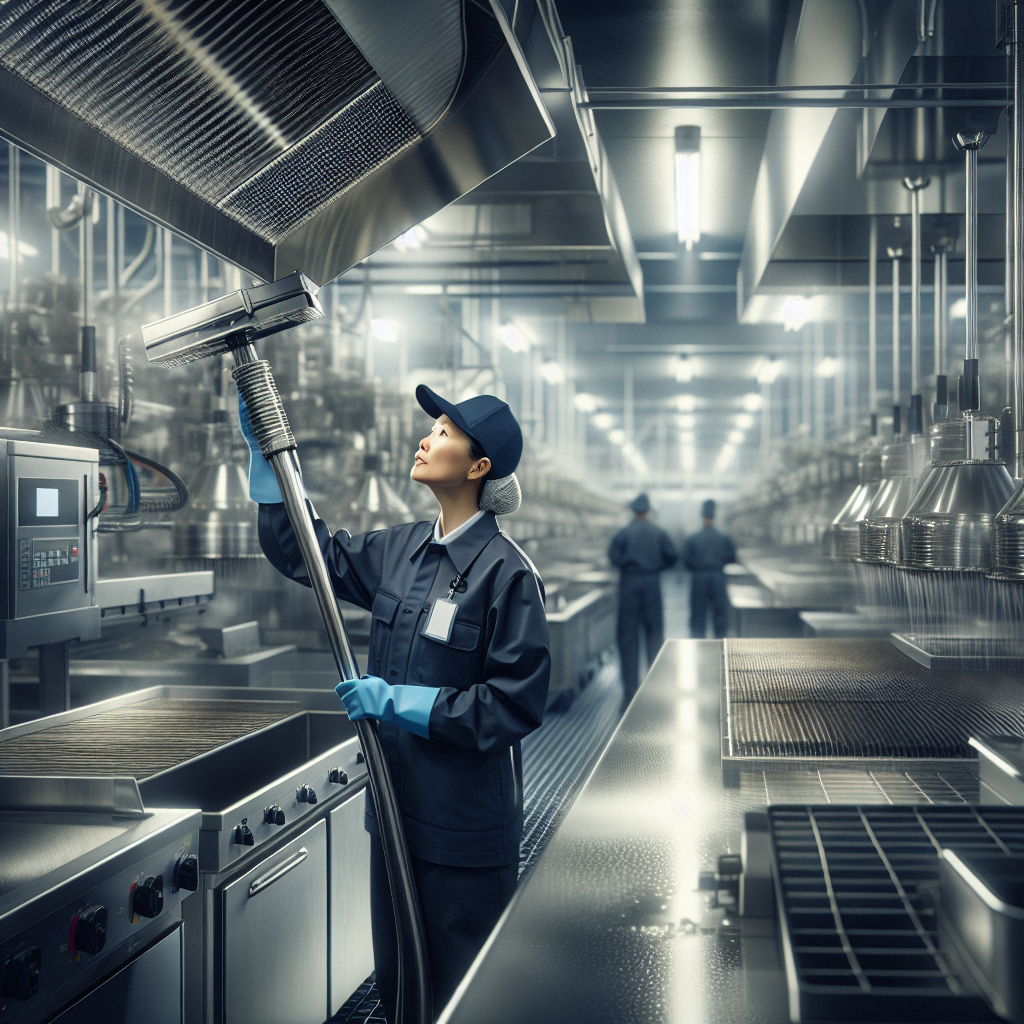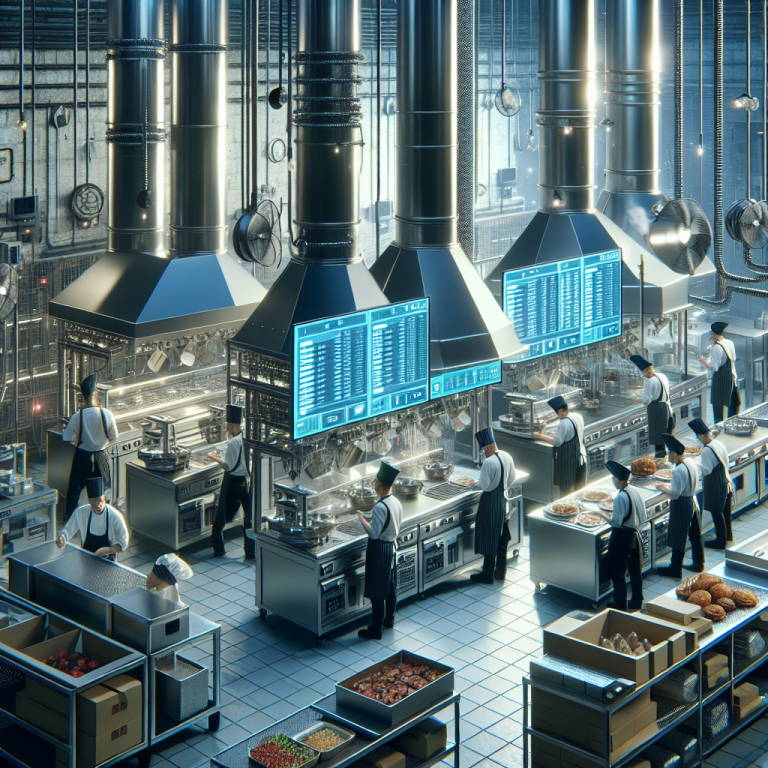Essential Hood Cleaning Tips for Commercial Food Processing Facilities
Understanding the Unique Hood Cleaning Needs of Commercial Food Processing Facilities
The world of commercial food processing is one bustling with activity, and at its heart are facilities like meatpacking plants and food manufacturing units. These places are the engines that power the food supply chain, but they also come with their own unique set of challenges, especially when it comes to maintaining cleanliness and safety standards. One critical area that demands special attention is hood cleaning.
What Makes Hood Cleaning in Food Processing Facilities Unique?
When it comes to restaurant hood cleaning, the objective is straightforward: keep the kitchen safe and functioning by preventing grease buildup and reducing fire hazards. However, commercial food processing plants have a more complicated dynamic.
These facilities deal with a lot more—but not necessarily the same—kind of grime and residue compared to traditional restaurants. The accumulation includes oils, fats, and even debris specific to what is being processed, such as animal byproducts in meatpacking plants or processed sugars in candy manufacturing.
At its core, commercial kitchen hood cleaning in such environments is not merely about keeping the facility clean, but ensuring the machinery operates efficiently and the final food products are free from contamination.
Why Is Hood Cleaning Crucial in These Facilities?
- Health Standards: Commercial food facilities are subject to stringent health regulations. Proper exhaust hood cleaning is essential to meet these standards and to prevent any cross-contamination that could affect the quality of the food products.
- Fire Safety: Like in any other kitchen, the risk of fire is heightened in these facilities. Over time, the vaporized fats and oils can solidify in the exhaust systems, increasing the risk of ignition. Regular cleaning minimizes this risk, ensuring a safer working environment.
- Operational Efficiency: Accumulated residues can hamper the efficiency of the ventilation systems, making them work harder. This not only increases energy costs but also affects the consistent operation of the food processing line. Efficient Denver hood cleaning services help maintain optimal airflow and operational efficiency.
The Process of Hood Cleaning in Food Processing Facilities
So, how exactly does Denver hood cleaning in a food processing facility differ from the cleaning required in a commercial restaurant? Let’s delve into the tailored approach that ensures consistent performance and safety.
- Initial Assessment: A thorough inspection is conducted to identify the specific cleaning needs and develop a customized cleaning schedule that aligns with the facility’s production cycles.
- Use of Specialized Equipment: Given the scale of operations, cleaning crews utilize industrial-strength equipment designed to tackle even the most stubborn grime effectively.
- Targeted Cleaning Solutions: Depending on the types of residues encountered, specialized cleaning agents might be required. Safe chemical solutions ensure that even the toughest buildups are effectively broken down.
- Regular Maintenance Schedules: A one-time cleaning might not suffice in such high-demand environments. Establishing a regular maintenance schedule ensures ongoing hygiene and performance efficiency.
The Importance of Professional Hood Cleaning Services
The intricate demands of hood cleaning in food processing facilities can seldom be met by in-house staff alone. It requires the expertise of specialists who understand the unique requirements of these environments. Partnering with a professional hood cleaning service ensures thoroughness, adherence to health regulations, and optimal operational standards.
For instance, locations like Denver, known for their burgeoning food processing industry, often turn to professional services for Denver hood cleaning. These experts bring an understanding of local regulations, variances in processing techniques, and advanced cleaning technologies, ensuring that facilities not only meet the required standards but exceed them.
Conclusion
Hood cleaning in commercial food processing facilities is not merely a task on the maintenance rundown—it is a critical component for health, safety, and efficiency. As these operations continue to grow more sophisticated, so too does the approach to exhaust hood cleaning. Leveraging professional hood cleaning services can remain instrumental for facilities that wish to maintain high standards of cleanliness and efficiency, ensuring their place at the forefront of food production.







